2017's sexiest swimsuit style has a shockingly modest history
When it comes to women’s swimwear, 2017 was all about the one-piece: Cutout one-pieces. One-strap one-pieces. One-pieces for all shapes and sizes. The one-piece had a year, and as we look toward 2018 trends, the tide is definitely continuing to swell. Once considered the mom beach-uniform, the one-piece is now decidedly cool and even cutting-edge. But where did it come from? And how have the styles changed? The garment’s history, and a look into the one-pieces of the past, are intrinsically tied to women’s liberation. Let’s have a look.
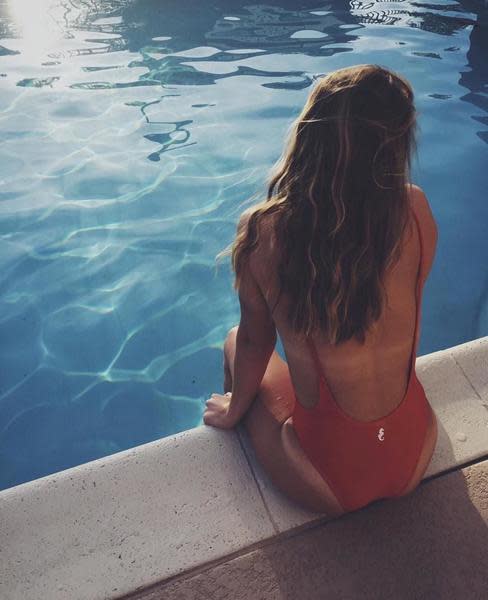
It’s hard to imagine, but going to the beach for the purposes of sunbathing or swimming is an entirely modern idea. Turn back the clock merely 200 years, and swimming — or even just being near the sea — was considered a medicinal practice referred to as “sea bathing.” As writer Daniela Blei wrote in an article for Smithsonian, “From antiquity up through the 18th century, the beach stirred fear and anxiety in the popular imagination. The coastal landscape was synonymous with dangerous wilderness; it was where shipwrecks and natural disasters occurred.”
Doctors often prescribed a dip in the sea to cure a host of ailments. With bathing suits not yet invented, patients employed contraptions called “bathing machines.” These devices were like little covered wagons that were pulled out into shallow water so people could change into their swimming attire without offending anyone on the beach — modesty was paramount. Women at the time wore bathing gowns, which resembled nightgowns, often with weights sewn into the hem so that the fabric wouldn’t float up upon hitting the water.
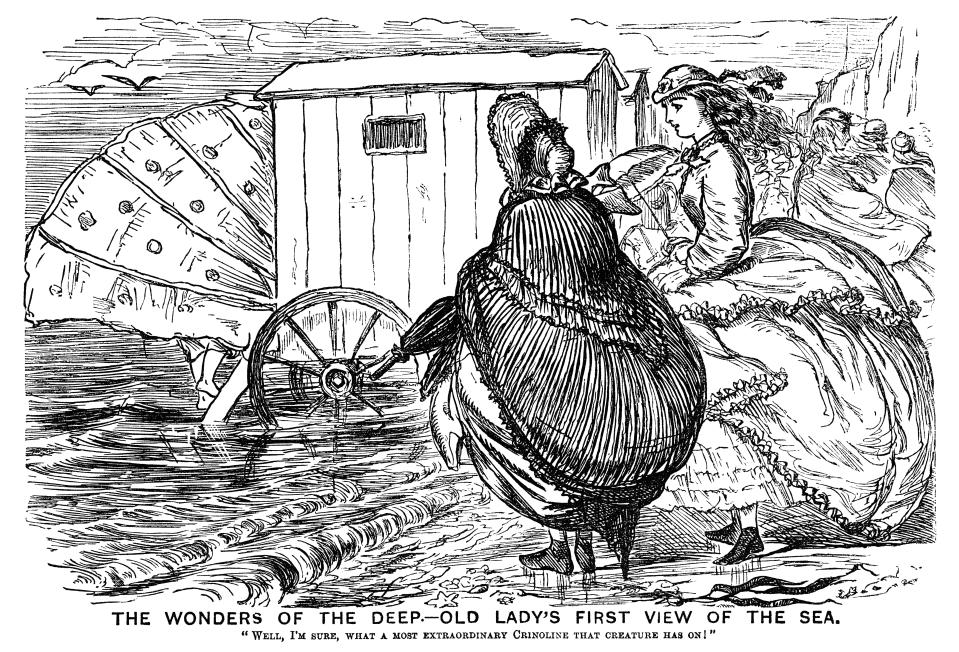
As the 19th century rolled on, going to the beach slowly became more popular for reasons beyond medicine. As Blei writes, “By 1840, the beach meant something new to Europeans. It had become a place of human consumption; a sought-after ‘escape’ from the city and the drudgery of modern life.” Still, even 170 years ago, anything resembling a modern bathing suit had yet to be invented. Journalist Beth Dunlop writes in her book Beach Beauties, “Through most of the nineteenth century, women at the beach were corseted and covered from head to toe. Women wore wool dresses, stockings, corsets, hats, and gloves, leaving virtually no skin visible.”
By the end of the 19th century, things were beginning to change, writes Dunlop, noting that “innovations in swimwear included shorter dresses with bloomers underneath and ‘The Princess,’ a one-piece costume of a top attached to bloomers, with — daringly enough — no skirt.” Of course, even with the changes to the bathing costume, what women wore was designed with modesty, not movement, in mind.
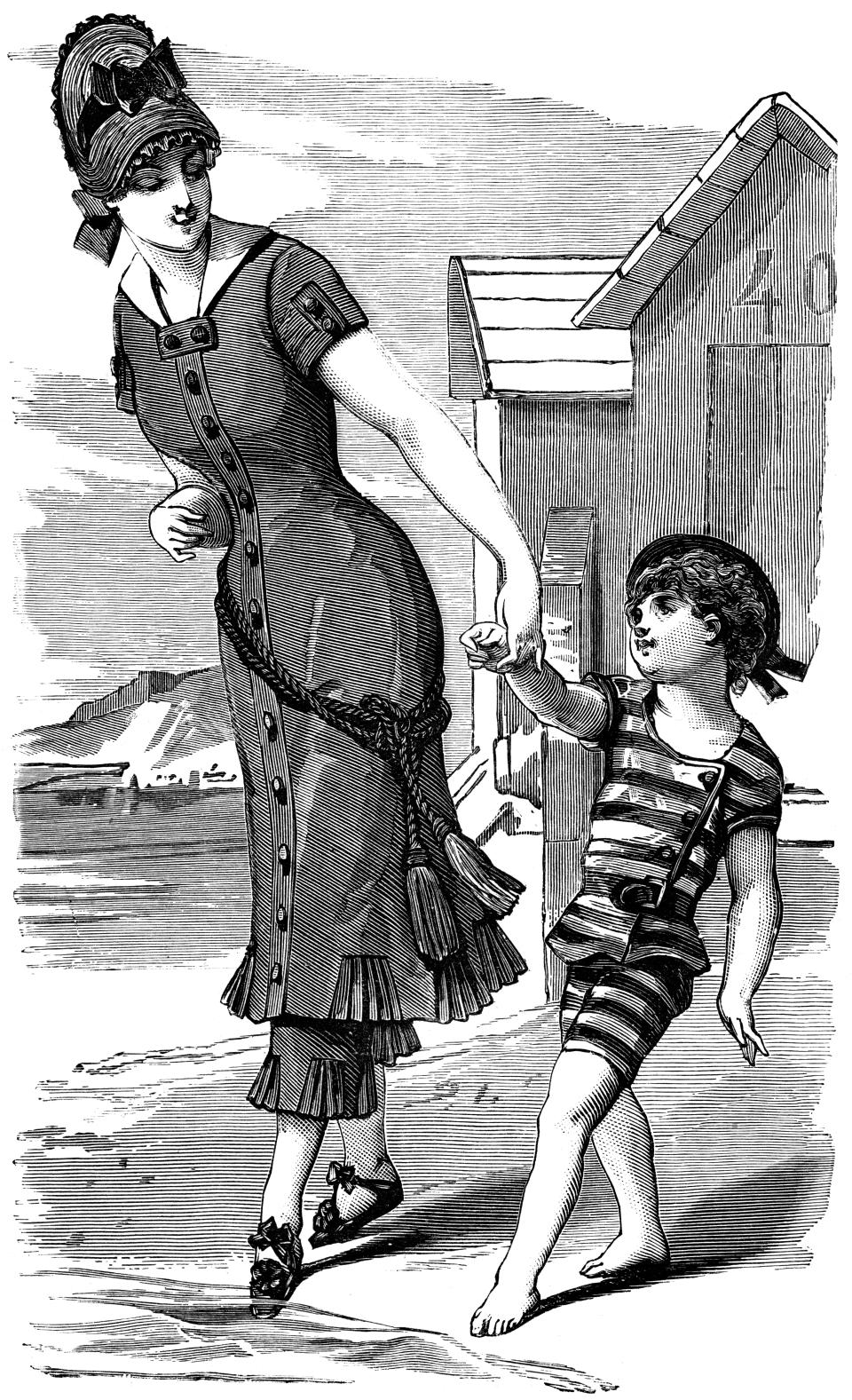
The first true one-piece came in the early 20th century, thanks to a boundary-pushing Australian woman named Annette Kellerman. In 1905 Kellerman, a professional swimmer, invented a much more practical (and scandalous for the era) version of a one-piece bathing suit — due to the tightness of the suit, you could see the contours of a woman’s body.
Kellerman’s one-piece, which she created for swimming competitions, consisted of a men’s one-piece bathing suit onto which she sewed black stockings. Kellerman rightly said that it wasn’t possible for women to compete wearing the tunics and skirts of the era, but in 1907, she was arrested in Boston for indecency for wearing one of her designs. Ultimately, she wound up designing an entire line of swimwear for women, which she equipped with a detachable “modesty panel,” otherwise known as a skirt. Her designs were the first real nod to the fact that women needed more mobility in the water — and in life — and thus needed swimming garments that were far more conducive to activity.
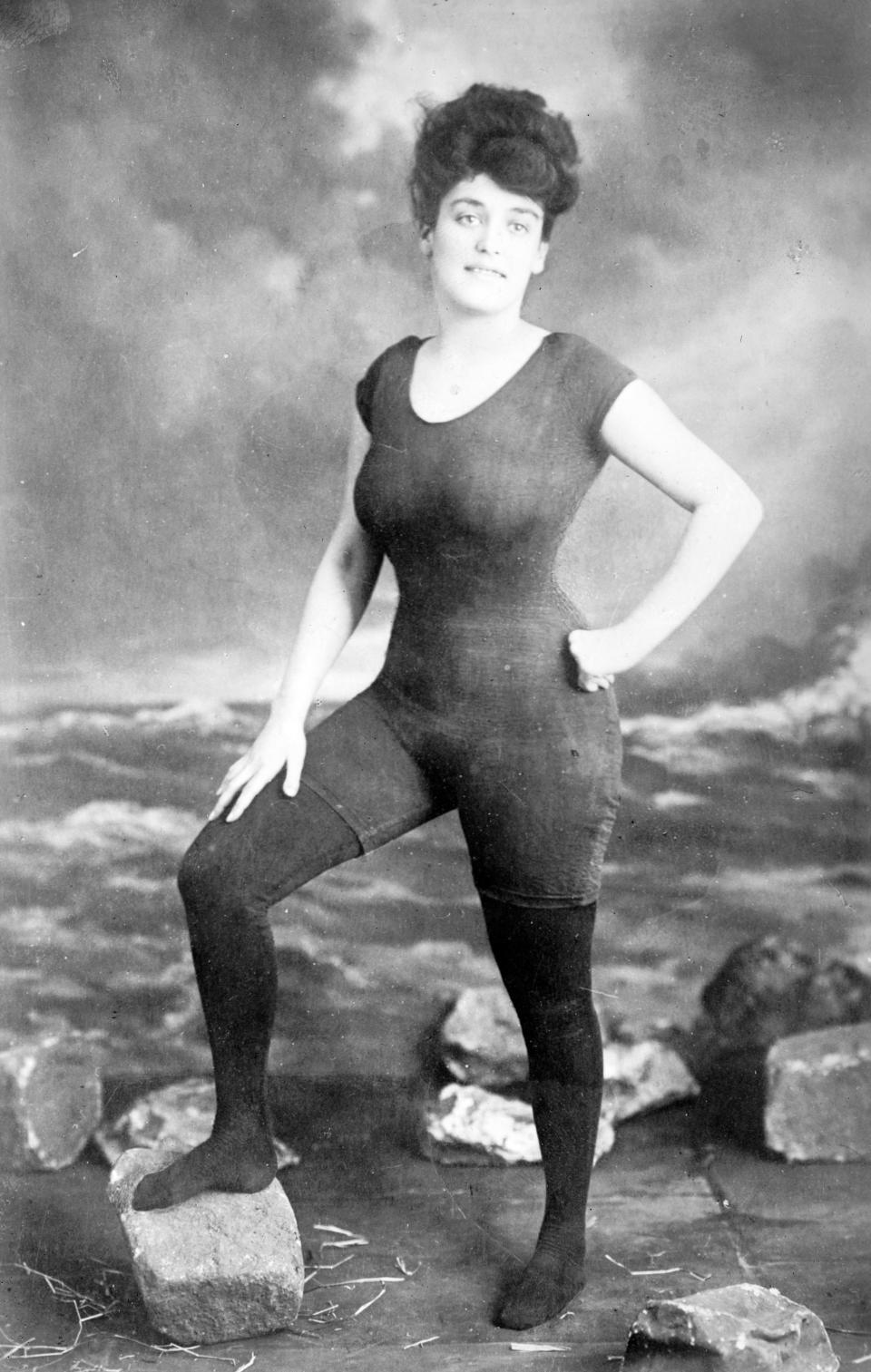
Then, in 1915, an Oregon knitting company called Jantzen (still around!) broke new ground by making what it called “swimming suits.” The company also employed an eye-catching logo called the Red Diving Girl, which became a symbol marking not just the advent of swimming suits but the growing swell of women’s liberation. The Jantzen swimsuit was lighter, more form-fitting, and easier to swim in — though it still weighed eight pounds when wet. While it wasn’t the final word in where swimsuit design would go, it was an important steppingstone on the road to the modern one-piece.

As the world entered the 1920s, the flapper movement went into full swing, and swimsuits took a tip from both that aesthetic and that philosophy of women’s independence. Swimsuits got shorter and tighter, with bigger armholes and neck holes. Hems were also tightened and significantly raised. This was all well and good for freedom of movement, but the length and coverage of swimsuits wound up being policed, with women routinely removed from beaches for not conforming to modesty standards.
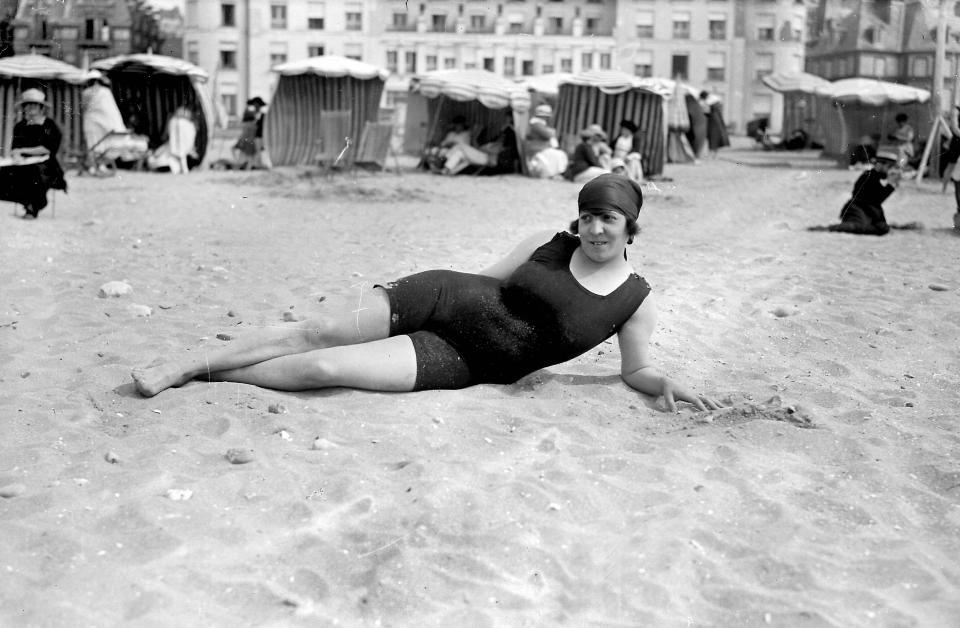
By the 1930s, people went to the beach to tan, and bathing suits reflected that, as they revealed more skin to soak up the sun’s rays. At this point, one-pieces become pretty much recognizable as what they still are now. Bathing rompers were popular, and for the first time, the old knee-length bathing gowns were virtually gone. Bathing suit fabrics also started to change, with elastic cotton being used instead of wool.

Swimsuits of the 1940s underwent a full revolution in 1946 with the invention of the bikini. Of course, even with the bikini, one-pieces had a permanent home in swimwear and were increasingly popular with the public. The ’40s saw one-pieces get ultra-glamorous, and the popularity of Hollywood bathing-beauty movies cemented their star (and pinup) status. The swimsuits of the ’40s were “cut to look like the skimpiest version of a dress,” costume designer Rachel Apatoff tells Yahoo Lifestyle. “The bottom is cut in such a way that there’s a teeny panel to make it look like a minidress. Most are designed so that you don’t see where legs meet body.”

Over the last 70 years, one-pieces have continued to change in style, but their mechanics have remained by and large the same: form-fitting, tan-conducive, flattering, functional. In the ’50s, there was still a modicum of modesty, but most bathing suits were about accentuating the feminine shape: “Swimsuits of the era tend[ed] to have formed cups and other interior structures to help mold bodies into that idealized shape,” Apatoff says.
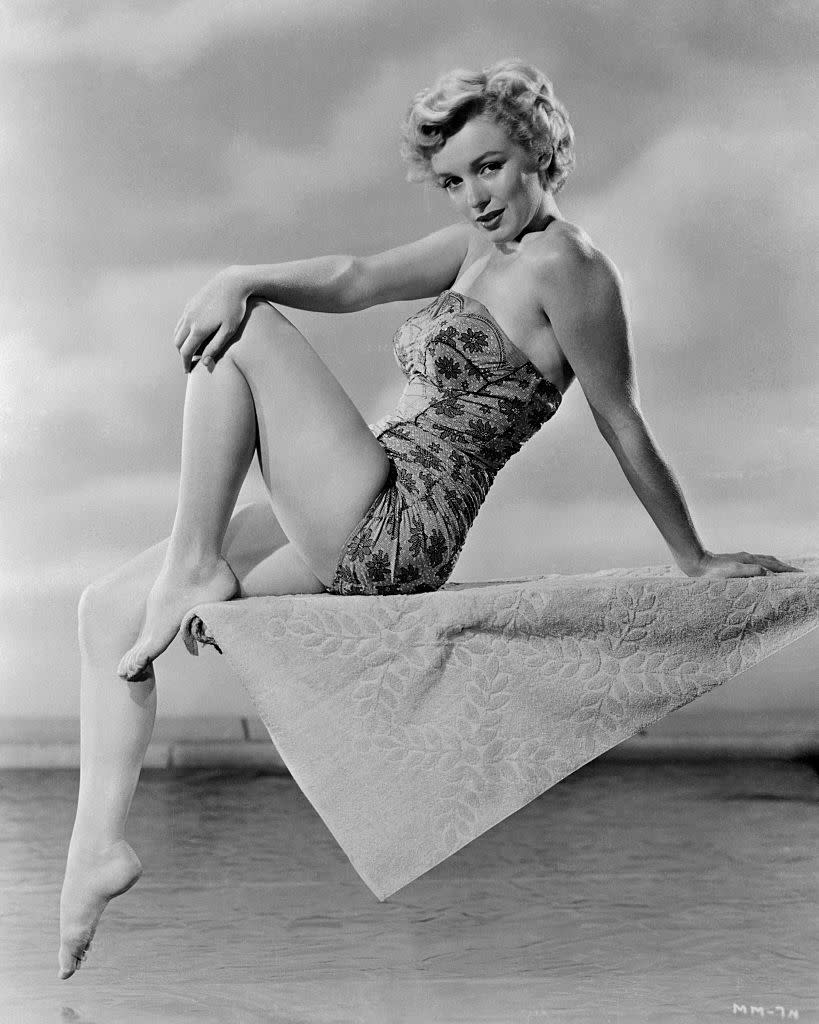
The ’60s were dominated by itsy-bitsy bikinis, but there was still room for pattern play in the world of one-pieces — swimsuits were louder, with mod graphics, and the cuts were very much in transition between the traditional ultrafeminine cinching of the ’50s and the supersexy ’70s.

The ’70s really were all about sex appeal: tight and low-cut and high-cut in all the appropriate places. A few images from the era say it all in terms of swimsuit style. The pinups of Farrah Fawcett in the red one-piece and the iconic image of Bo Derek in the film 10 wearing the low-cut nude number are emblematic of the era.


In the ’80s and ’90s, one-pieces were extreme, often cut above the hipbones and in wild neon colors and kaleidoscopic patterns. Arguably the most famous one-pieces of that era belonged to the women of Baywatch, who wore ultra-high-cut red suits — often while running down the beach.

Which brings us to the aughts — where one-pieces are a mixture of throwback styles and crazy cutouts. Colors and patterns, straps and no straps, embellished and bedazzled. For the one-pieces of the 21st century, anything goes.

Isaac Ross, founder of the swimwear company Solid & Striped (which is known for its one-pieces), tells Yahoo Lifestyle that “timelessness” is the appeal of a one-piece suit. “I think a one-piece is implicitly sexy, and that is chic,” he adds. “Feeling confident and comfortable in a bathing suit is all that really matters.”
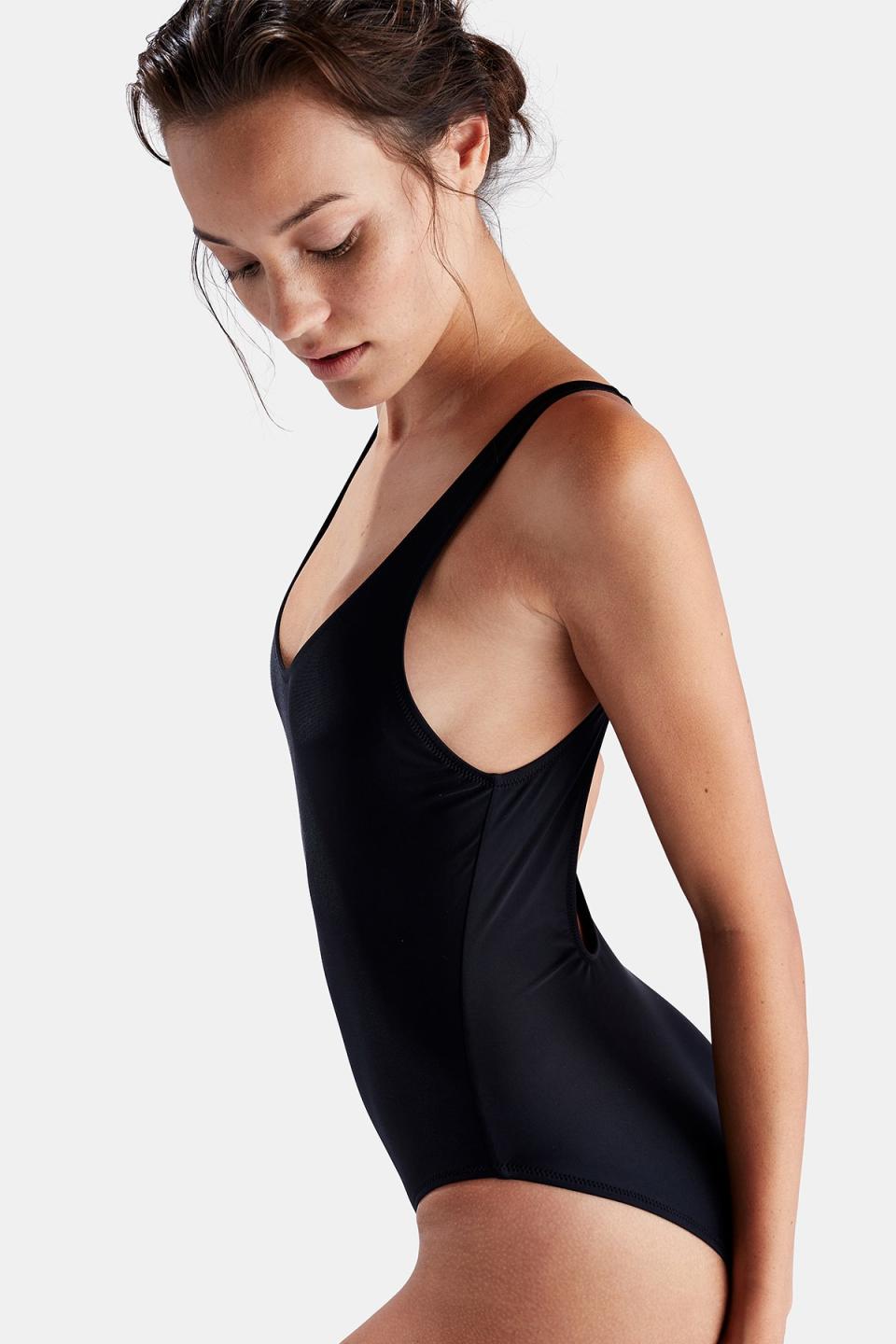
While the one-piece may be timeless, the idea of comfort at the beach is contemporary. As we move into 2018, the one-pieces will continue on as No. 1 — perhaps because they’re classic, perhaps because they’re comfortable, or perhaps because there really is one for every body. The trends for the coming year show one-pieces with ever-plunging necklines, simple accessories (like built-in belts), and even more unique ways to rock beachwear. It’s a far cry from wool dresses and weights — which really were all the rage less than 200 years ago.
Read more from Yahoo Lifestyle:
• Can rescue animals change the way we grieve?
• ‘I have postpartum depression and the holidays are hell’
• Living with an invisible illness: ‘I get the feeling my friends see me as lazy’
Follow us on Instagram, Facebook, and Twitter for nonstop inspiration delivered fresh to your feed, every day.


